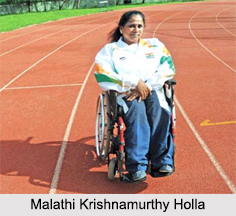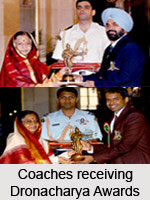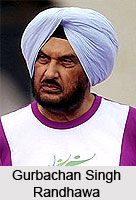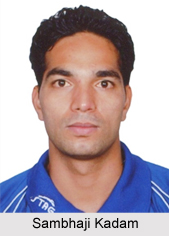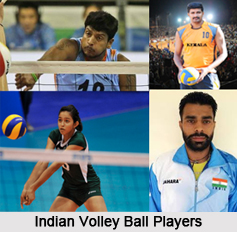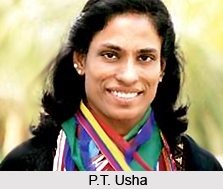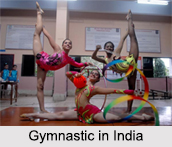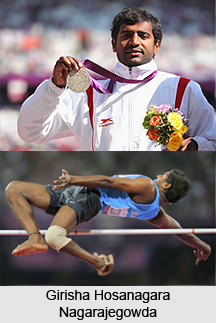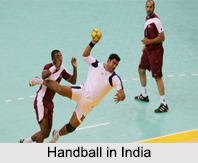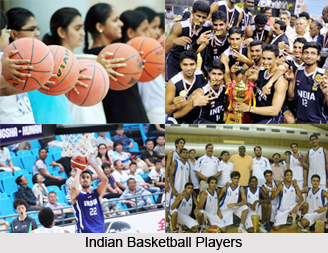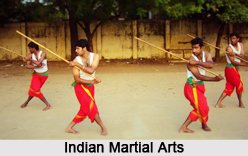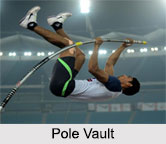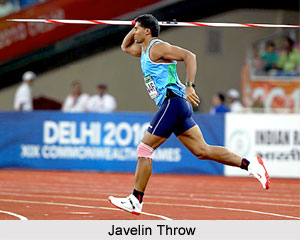 Javelin throw is a track event and field event for athletes participating in the event. Here the object that needs to be thrown is javelin or spear which is approximately 2.5 metres in length. This is a combined event of decathlon for men and heptathlon for female. The javelin thrower attains speed and momentum by running within a particular area.
Javelin throw is a track event and field event for athletes participating in the event. Here the object that needs to be thrown is javelin or spear which is approximately 2.5 metres in length. This is a combined event of decathlon for men and heptathlon for female. The javelin thrower attains speed and momentum by running within a particular area.
Rules and Competitions of Javelin Throw
The shape, size and minimum weight and centre of gravity of the javelin implement are all clearly defined by IAAF rules. In case of international competition men throw a javelin between 2.6 and 2.7 metres in length and at least 800 grams in weight, and women throw a javelin between 2.2 and 2.3 metres in length and at least 600 grams in weight. This particular tool is equipped with a grip that is approximately 150 mm wide made of cord and located at the javelin`s centre of gravity (0.9 to 1.06 metres or 0.8 to 0.92 metres from the tip of the javelin for men`s and women`s implements, respectively).
The rules of javelin throw is dictated by the IAAF and is much unlike the other throwing events like shot put, discus throw and hammer throw. Javelin must be carefully held at its grip and thrown overhand, over the shoulder of athlete or upper arm. Added to it, an athlete is barred from turning completely around such that his back faces the direction of the throw. This in practise prevents the athlete from attempting to spin and hurl the javelin sidearm in the style of a discus throw. Instead of being confined to a circle, javelin throwers are provided with a runway 4 metres wide and at least 30 metres in length, ending in a curved arc from which their throw will be measured; athletes typically use this distance to gain momentum in a "run-up" to their throw. Just like other throwing event, here too the competitor can not leave the throwing area until the implement lands. The need to come to a stop behind the throwing arc limits both how close the athlete can come to the line before the release as well as the maximum speed achieved at the time of release.
The implement is thrown towards a sector coveting an angle of 29 degrees that extends outwards from the arc of the runaway. The throw is considered legal only if javelin lands within the sector, and tip strikes the ground before any other part of the javelin. The distance of the throw is measured from the throwing arc to the point where the tip of the javelin landed, rounded down to the nearest centimetre. The rules of the competition are more or less similar. The thrower with longest single legal throw is adjudged winner.
Technique and Training in Javelin Throw
Unlike other throwing events, this event allows competitors to build speed and tempo over considerable distance. Added to the core and upper body strength necessary to deliver the implement javelin throwers benefit from the agility and athleticism typically associated with running and jumping events. Thus, the athletes share more physical characteristics with sprinters than with other, heavier throwing athletes.
Conventional free weight training is often used by javelin thrower. In order to increase power and agility for javelin throw, resistance exercises and rod exercises can be used. Without proper fitness thrower can be prone to injuries, especially in the shoulder and elbow.





